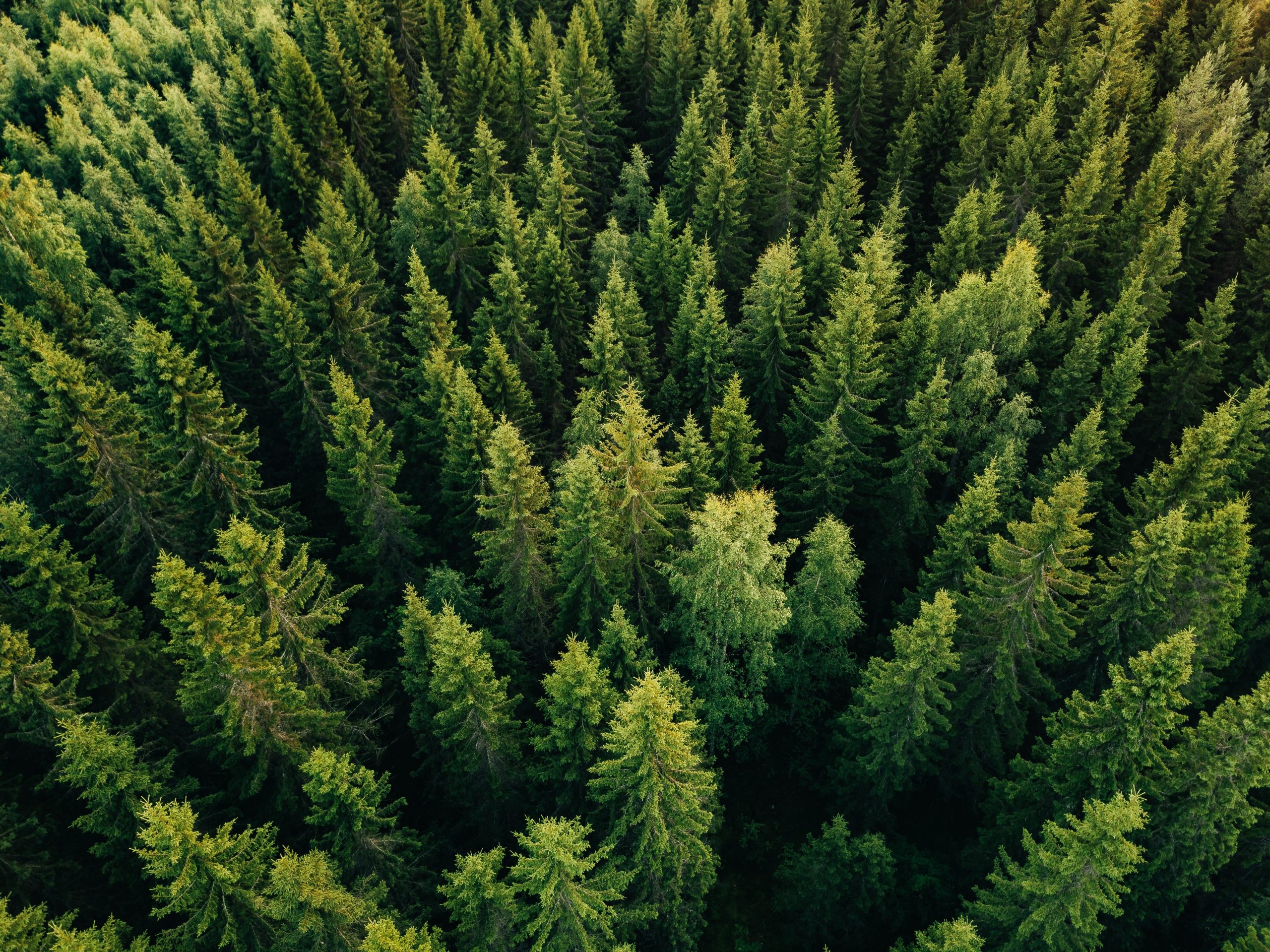Jon Trask, CEO and Founder of Dimitra
The path is clear, or so it seems; machine learning and artificial intelligence will develop, refine, adapt and take over, heralding the inevitable collapse of humanity as we know it. The narrative currently permeating would lead us to believe that there is no alternative outcome, that the story has been predetermined and set in stone.
However, when we dig beneath the surface, AI and emerging technologies such as blockchain clearly present a fantastic opportunity, particularly in the agricultural space. Developed and utilized correctly, these emerging technologies are the new horizon; a brighter future.
At Dimitra, our tech stack is composed of emerging technologies, including AI and machine learning, IoT, satellites and drones, and crypto all built on blockchain (disclaimer: the author of this article is the CEO and Founder of Dimitra). With these technologies, our aim is clear: empower farmers across the globe to improve their farming processes, and democratize finance to make it accessible to all farmers globally, regardless of their economic standing.
Combating deforestation
For years, we have heard that time is of the essence to truly focus efforts on combating deforestation, but the pressure increases each year. Statistics show that between 1990 and 2020, an area larger than the EU was lost to deforestation (420 million hectares of forest), with EU consumption attributed to about 10% of losses. Alongside indigenous populations losing their homes, the climate impact of deforestation is evident.
The solution starts with the farmer. Estimations show farmers globally will have to feed 9.3 billion people by 2050, and this food must come from somewhere. Leveraging AI and blockchain, and making these revolutionary technologies accessible to farmers in developing nations, is imperative to fostering an inclusive movement to fight deforestation.
Emerging technology
Emerging technologies are already showing they can radically improve farmers’ processes, increasing yield, reducing costs and mitigating risks. In the fight against deforestation, AI and machine learning goes further; through utilizing satellite and drone imagery, AI can catalog and monitor a farm’s tree cover, ensuring the farm has been complying with deforestation regulation. For example, from aerial photography, AI can understand any given pixel is a tree as opposed to grass, a shrub or a bush, and can even decipher between different types of trees. This machine learning intelligence means we can easily track and trace a farm’s activities, ensuring they are compliant, and store this all on blockchain to ensure immutable records. These technologies are being refined at a rapid place, allowing for even greater monitoring capabilities.
Machine learning and AI can also streamline recommendations and improvements for farmers, maximizing output while minimizing impact on the environment. For example, data collected from IoT sensors around a farm can be bulky and difficult to analyze, but machine learning can sift through and determine trends in the data, basing recommendations on concrete, real information and giving farmers simple actions to implement on their farm.
With regulation coming down the line, such as the EU-driven regulation to combat deforestation, ensuring a legacy of immutable records – stored through blockchain – is essential. From farm-to-fork, blockchain ledgers provide instant access to the entire supply chain at any given time, meaning farmers can instantly prove regulatory compliance and sustainability credentials.
In addition, crypto (built on blockchain technology) holds the key to democratizing finance for farmers across the globe, empowering them to make the decisions necessary to ensure their business thrives while abiding by regulations. Crypto demands real utility, and Dimitra is expertly placed to showcase this. The DMTR token, as an example, ensures a baseline currency that anybody can use globally, minimizing transaction costs and fees for farmers.
Farmers, and those along the supply chain, require access to real-time insights, analytics and information, and mobile technology is the solution. At the touch of a button, a farmer can input data on the go, which is uploaded to the blockchain or platform as soon as they’re in reach of wifi or signal, and regulatory credentials can be instantly accessed.
A new horizon
As we move towards a new horizon and these technologies become ever more intricate, their impact on farming and combating deforestation will only become more impactful. As native habits are being destroyed and global warming effects are starting to be felt, imminent action is needed.
Equipping farmers with the skills and tools necessary to navigate the ever-evolving technological landscape is crucial. It is an evolving industry; while agriculture is often associated with the slow march, improving slowly year-on-year, these radical advancements in technology now present an opportunity for farmers across the globe, regardless of economic standing, to massively improve their practices. Global food security and climate change are at stake.
Our brighter future will be realized when we can empower farmers across the globe to use the best technologies available, regardless of their economic standing.
The views and opinions expressed herein are the views and opinions of the author and do not necessarily reflect those of Nasdaq, Inc.
Image and article originally from www.nasdaq.com. Read the original article here.

